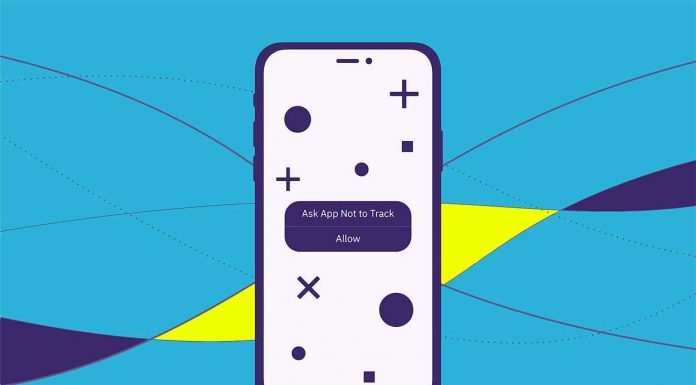For many years, the conversation around mobile performance marketing and user acquisition has centred on automation.
“Set your programmatic campaigns and let them fly!”
“AI and machine learning will free you up to take on other tasks.”
That's what user acquisition (UA) managers have heard for years, but that all changed when Apple released iOS 14.5+. The complications of getting users to opt-in through App Tracking Transparency (ATT) and working with SKAdNetwork (SKAN) have added new layers of complication to UA campaigns. But rather than seeing this as a challenge, I see it as an opportunity for UA managers to really hone their skills and show their worth.
UA managers are required to think more critically than ever before. The campaigns you run for iOS users who have not opted-in to the tracking (and sharing their IDFA) will look drastically different to those you run for pretty much all other devices. Thinking about and modelling conversion values requires a solid understanding of UA and marketing.
The introduction of SKAN and ATT is just the beginning of a trend toward privacy-centricity in the mobile industry. Complexity and ambiguity will continue to define UA for the foreseeable future, allowing gifted UA managers and their teams to shine. Your creativity and know-how are going to be key to successful campaigns. Here are some of the new challenges and opportunities for UA teams to navigate in a mobile space increasingly focused on user privacy.
Mastering SKAdNetwork and aggregated data
SKAdNetwork is the only Apple-approved way to get deterministic attribution data for installs that are not accompanied by an IDFA. Working with SKAN requires UA teams to:
- Understand how the aggregated, time-delayed SKAdNetwork data points you receive can connect with the rest of your data and BI stack
- Be able to manually work out discrepancies in data between sources
- Rework all processes that utilized the IDFA
Tasks that are at the core of UA — such as user segmentation and behavioural modeling — have become much more difficult. Understanding these implications is key to successfully working with SKAN.
Additionally, UA teams need a granular understanding of SKAN in order to optimize the conversion value schema for post-install attribution payload. This will allow you to capture as much insight as possible into in-app usage within the first 24 hours — the period in which Apple and SKAN return the attribution data. This is key to providing a flow of data from which your team can learn and extrapolate on usage patterns. And it's these learnings that will inform your conversion value strategy.
SKAN is bound to evolve and change with time, and it's on UA teams to keep up. Apple has already made changes to how postbacks with SKAdNetwork work with the latest update on iOS 15, and they're now fed directly to developers instead of to the ad networks. Understanding the implications of SKAN, optimizing the use of its features, and keeping up with its changes is a field of its own that will require an expert UA professional.
How UA managers can thrive with ATT
The implications of SKAN and ATT present opportunities for UA pros, but only if you can master these new challenges. Here are the skills you need to set yourself apart and thrive in the ATT ecosystem:
Creative testing and optimization
UA and creative have come together, and changes to iOS have emphasized this merging of skills. iOS 15 introduces two new important features for UA marketers: product page optimization (PPO) and custom product pages, allowing marketers to test variations of App Store product page creatives and make unique product pages linked to specific target audiences for paid campaigns. Level up your creative testing and optimization skills to be an asset to your team.
Understand your target audience
In the absence of IDFA, many marketers are seeking new channels to find and attract users — chief among them is contextual advertising with relevant publishers and appeals to social/UGC platform audiences with influencer marketing. Making these channels work requires you to know your target audience very, very well.
To run high-performing campaigns in these channels, marketers need to know which platforms, apps, and communities their target audiences spend time on — and then produce creatives that will resonate with those audiences in each context. UA marketers with a deep understanding of the habits and values of their prospects will prove invaluable to their team.
A connection with the audience is also a critical factor in inspiring customer loyalty post-install. This is an integral part of gathering zero-party data to personalize user experiences and boost retention rates.
Ultimately, UA managers who demonstrate the ability to be competent in the face of new demands and changing realities will become an indispensable part of growth teams.
The author is Regional Vice President INSEA, Adjust. Views are personal.











